At first glance, Smart TV vs. Computer Monitor might seem quite similar. Both are flat screens that display digital images, and both can connect to various devices. However, despite their superficial resemblance, they are fundamentally designed for different purposes, leading to significant differences in their technology, features, and optimal use cases.
Understanding these distinctions is crucial when deciding which display is right for your home, office, or gaming setup.

1. Core Purpose and Design Philosophy
Design Focus: Precise image clarity (especially for text), low input lag, fast response times, and often ergonomic adjustability. The emphasis is on accuracy, responsiveness, and user comfort during prolonged, focused work.
Smart TV:
Purpose: Primarily designed for passive, distant entertainment – watching broadcast television, streaming movies/shows, and console gaming from a living room sofa.
Design Focus: Large screen sizes, vibrant and often “punchy” colors (sometimes oversaturated for consumer appeal), built-in speakers, and integrated “smart” functionalities. The emphasis is on an immersive, cinematic experience for multiple viewers.
Computer Monitor:
Purpose: Engineered for active, close-up, interactive use – productivity tasks, graphic design, video editing, and PC gaming from a desk.
2. Key Technical Differences
These technical disparities are where the performance gap truly manifests:
- Input Lag (Responsiveness):
- Monitor: Designed for minimal input lag. This is critical for tasks where instantaneous feedback is needed, like typing, moving a mouse, or playing fast-paced games. Competitive gaming monitors can have input lag as low as 1ms.
- Smart TV: Generally has higher input lag. While modern Smart TVs have “Game Modes” or “PC Modes” that reduce this, they often still lag behind dedicated monitors. This can result in a noticeable delay between your action and what appears on screen, which is fine for watching movies but detrimental for precise interaction.
- Response Time (Motion Clarity):
- Monitor: Often boasts very fast response times (e.g., 1ms GtG – gray-to-gray). This ensures minimal motion blur and ghosting in fast-moving content, which is vital for smooth scrolling, fluid animations, and competitive gaming.
- Smart TV: Typically has slower response times. While improving, you might notice more motion blur or “smearing” with fast-moving objects, particularly in older or lower-end models.
- Refresh Rate (Smoothness):
- Monitor: Many monitors, especially gaming ones, offer high refresh rates (120Hz, 144Hz, 240Hz, 360Hz+). This means the image updates many more times per second, resulting in incredibly smooth motion.
- Color Accuracy and Calibration:
- Monitor: Professional monitors are often factory–calibrated to precise color standards (sRGB, Adobe RGB, DCI-P3). This is essential for graphic designers, video editors, and photographers who require true-to-life color reproduction.
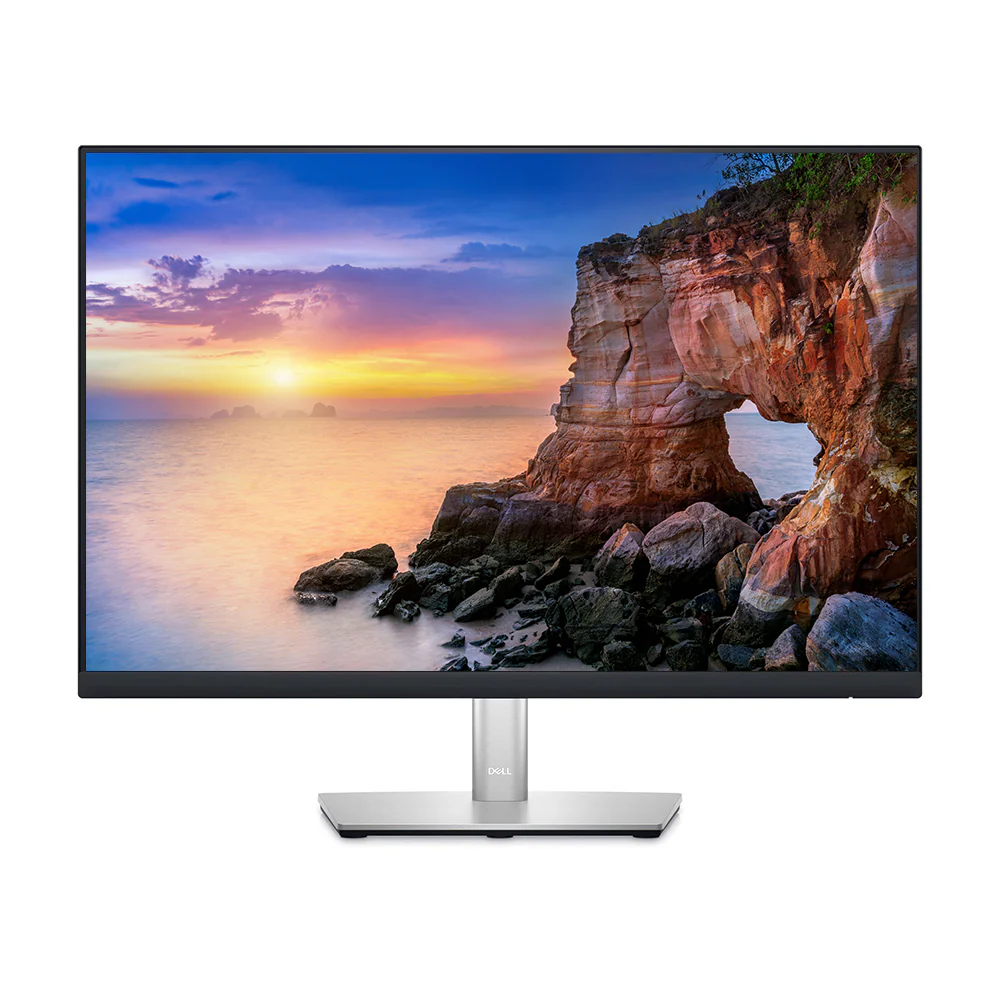
3. Features and Functionality
Webcams/Microphones: Some higher-end office monitors integrate webcams and microphones for video conferencing.
Smart TV:
Built-in OS & Apps: Comes with an integrated operating system (e.g., Google TV, webOS, Tizen) providing access to streaming services (Netflix, YouTube, Showmax), web browsers, and sometimes app stores.
Tuners: Includes a built-in tuner for receiving over-the-air or cable TV broadcasts.
Speakers: Integrated speakers are standard, often with more powerful audio than typical monitor speakers.
Remote Control: Designed for remote control operation.
Limited Ergonomics: Typically features a basic fixed stand or minimal tilt adjustment.
Computer Monitor:
No Built-in OS/Apps/Tuner: It’s a “dumb” display; it requires a computer or other device to feed it content.
Advanced Ergonomics: Often comes with highly adjustable stands allowing for height, tilt, swivel, and pivot (portrait mode) adjustments for optimal viewing angles and comfort.
Connectivity: Features a wider array of PC-centric ports (DisplayPort, multiple HDMI, USB-C with power delivery, USB hubs, KVM switches).
Gaming Features: May include adaptive sync technologies (FreeSync, G-Sync), crosshairs, dark boost modes, and other gaming-specific enhancements.
4. Price and Size
- Smart TV: Can often be found at lower prices for larger screen sizes due to massive economies of scale in TV panel production and a highly competitive market that sometimes subsidizes hardware with software or data.
- Monitor: Tends to be more expensive for smaller screen sizes compared to TVs, due to the precision engineering, stricter quality control, and specialized panel characteristics required for close-up, interactive use.
When to Choose Between TV and Monitor:
- Choose a Smart TV if:
- Your primary use is watching movies, TV shows, or console gaming from a distance.
- You want integrated streaming apps and a remote-control experience.
- Budget for a large screen is a top priority.
- Built-in speakers are sufficient for your audio needs.
- Choose a Computer Monitor if:
- You primarily work on a PC, program, write, or do graphic design.
- You are a serious PC gamer who prioritizes low input lag, fast response times, and high refresh rates.
- You need precise text clarity and accurate color reproduction.
- Ergonomic adjustability is important for comfort during long sessions.
- You already have external speakers or headphones.
While you can use a Smart TV as a computer monitor (and vice-versa, to a limited degree), understanding their core differences will help you select the display that is truly optimized for your specific needs, ensuring a much better and more satisfying experience.

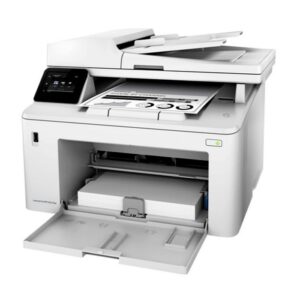
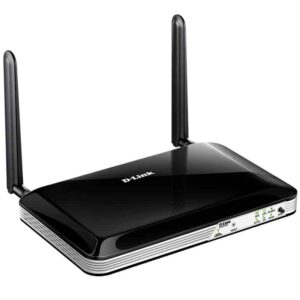











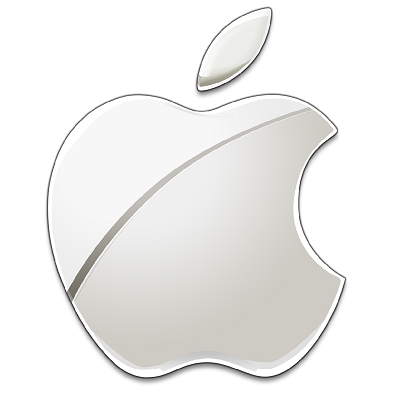




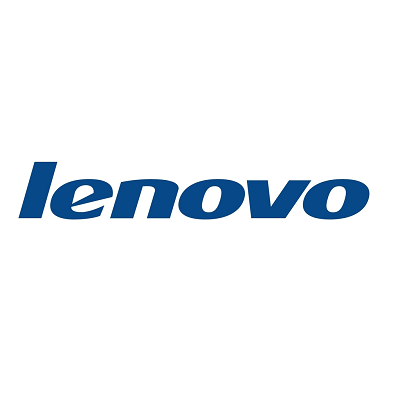




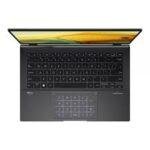 ASUS
ASUS
